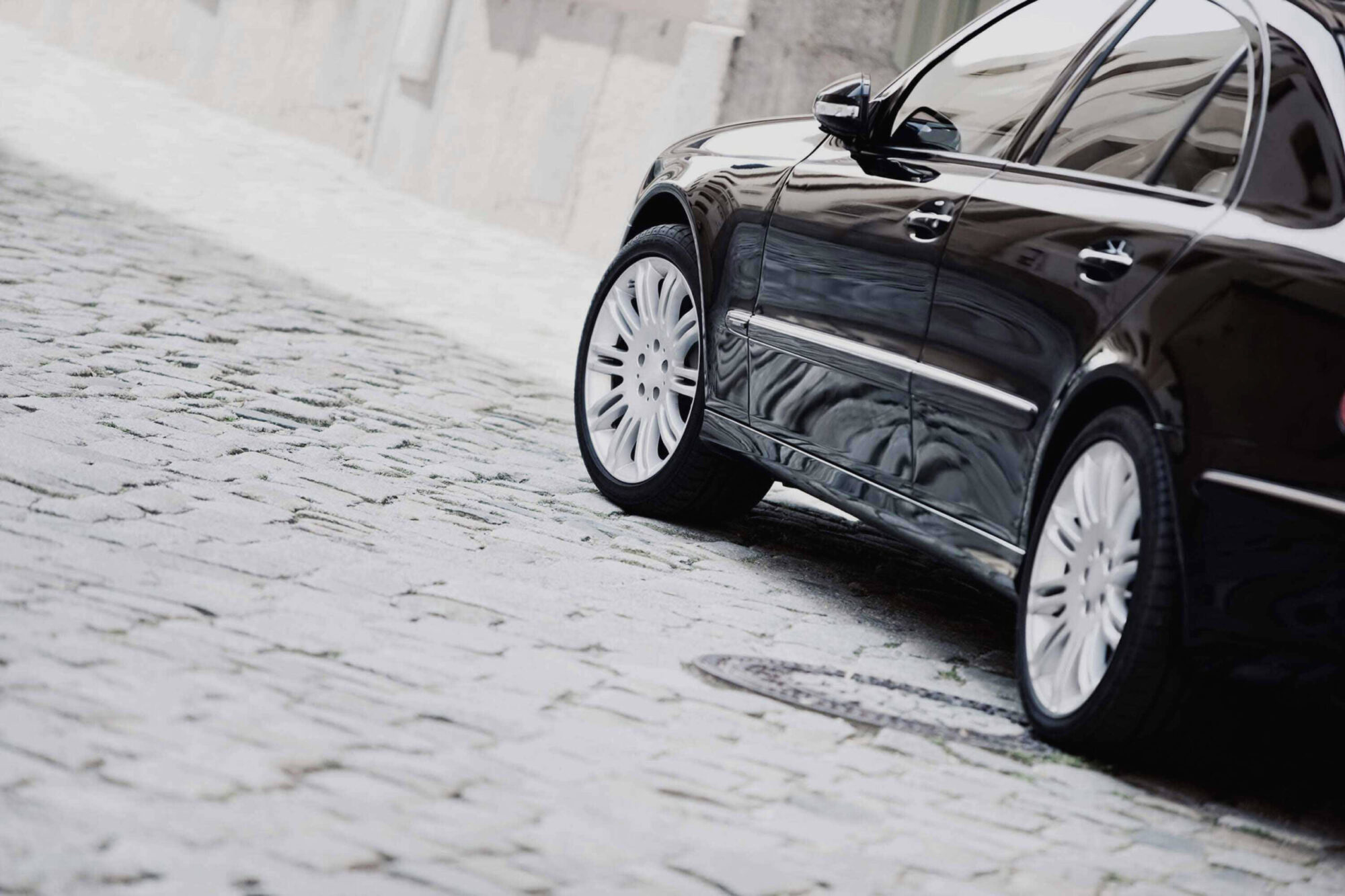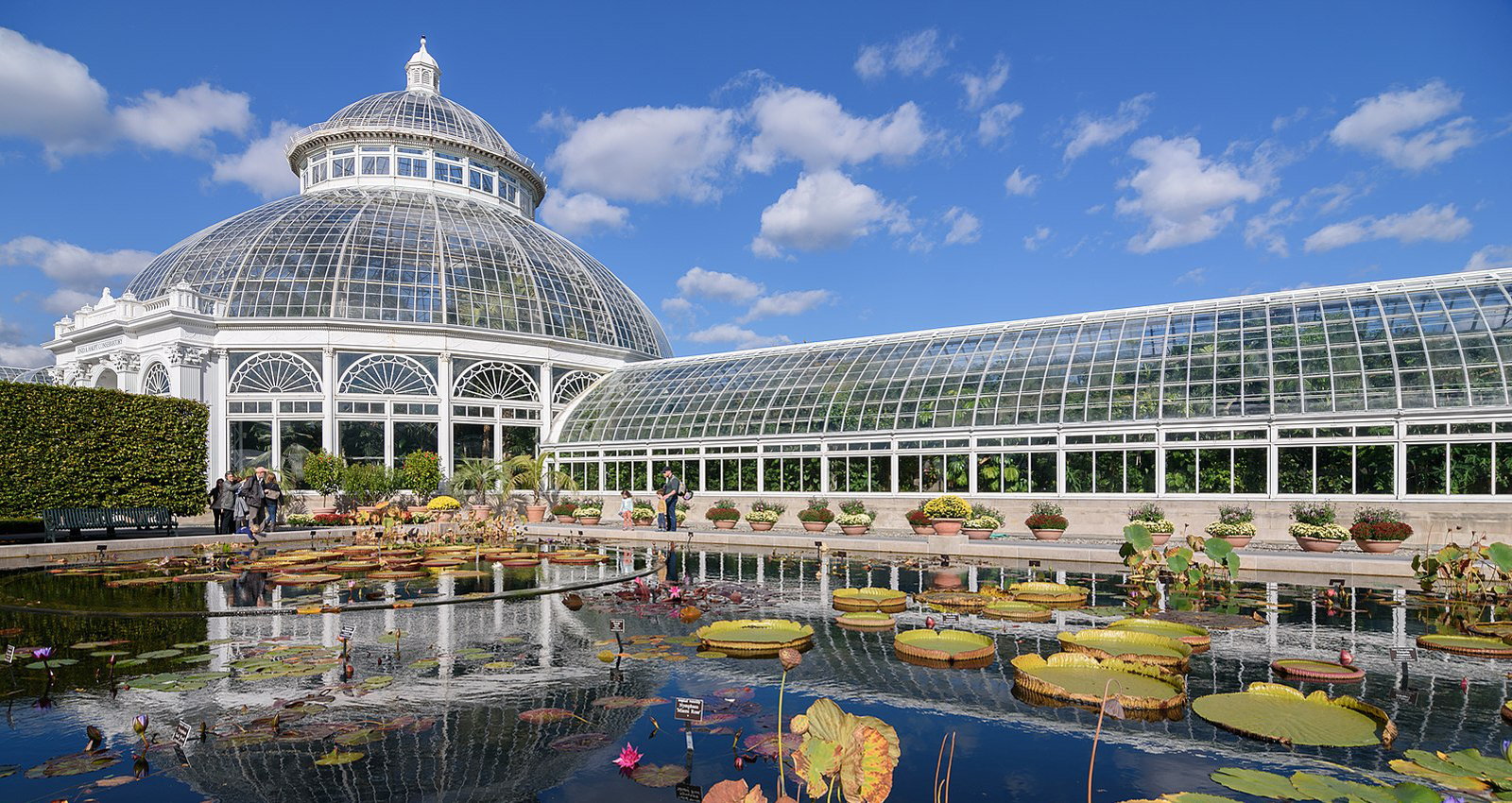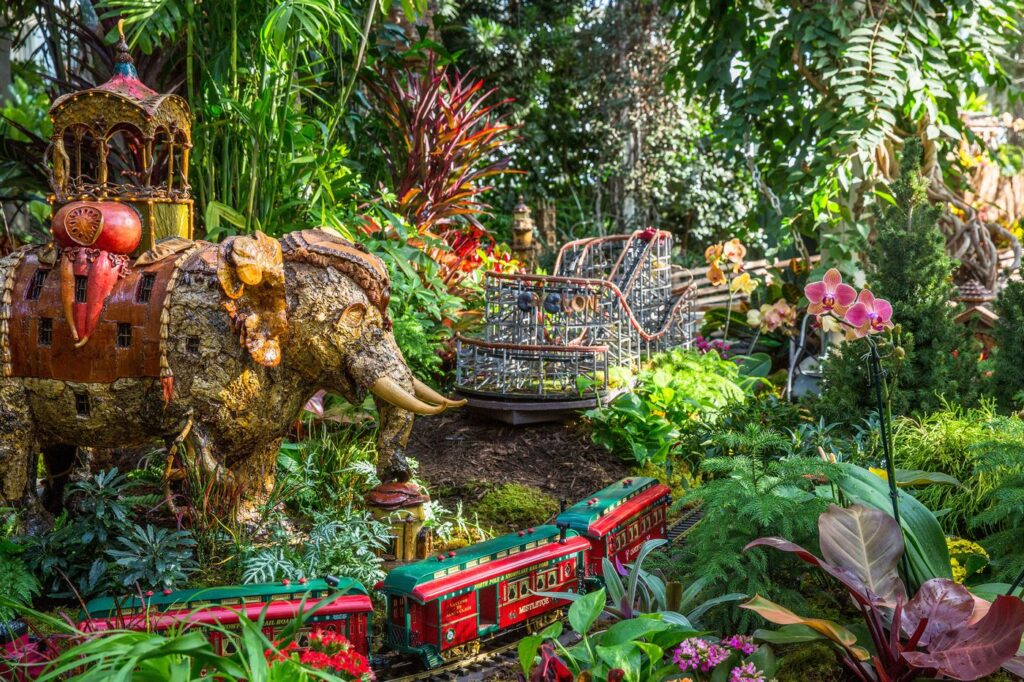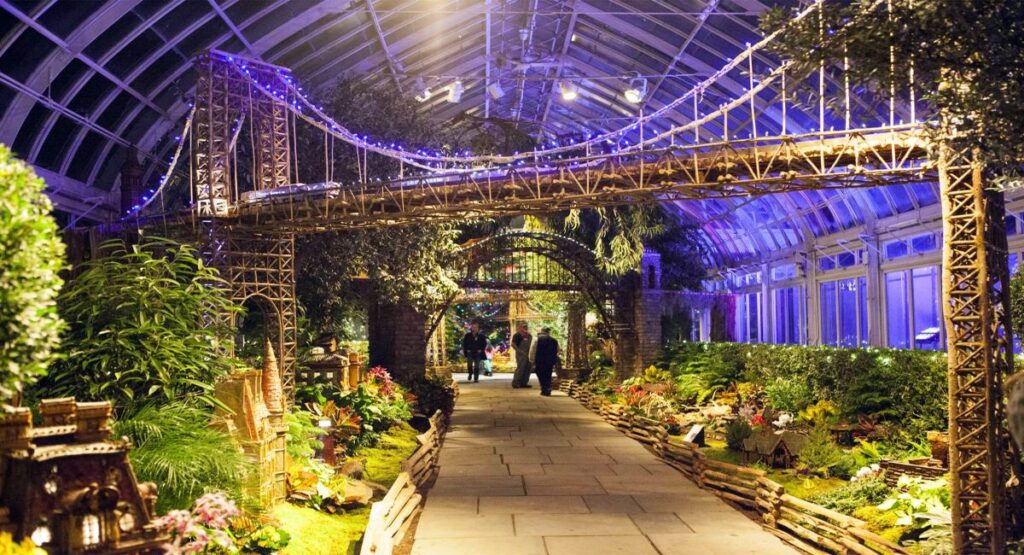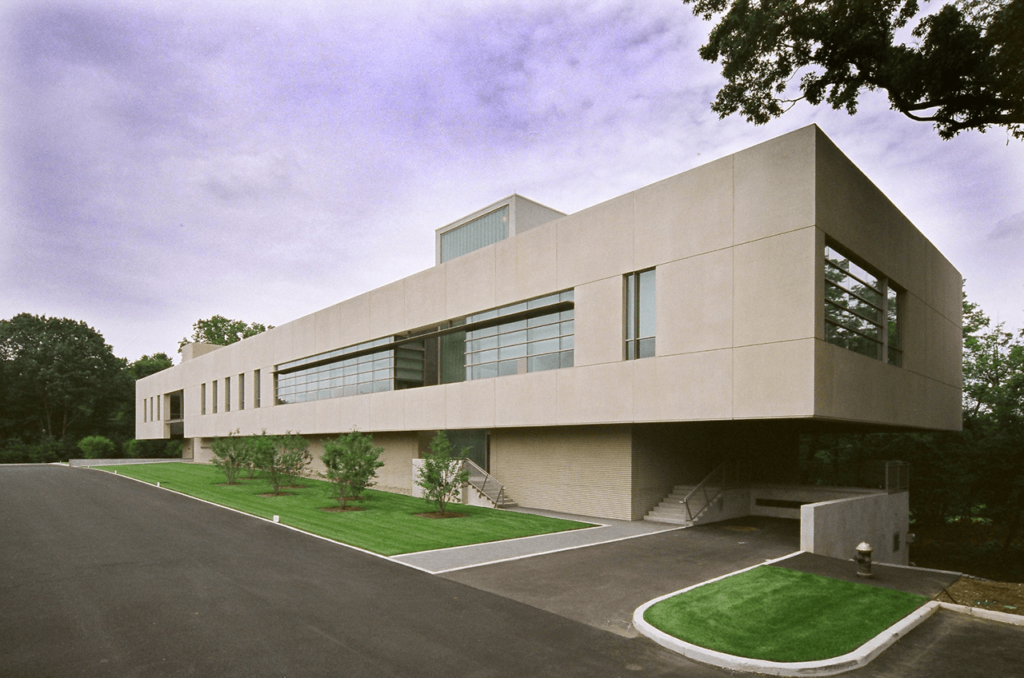Welcome to Bergen-Lafayette, one of the six major neighborhoods in Jersey City and home to a number of mix-used residential complexes. The neighborhood used to be home to many industrial facilities but has seen a lot of renovation projects to make it what it is today. Bergen-Lafayette even went through a few name changes, during the early 1800’s it was called Bergen, then Bergen City. It wasn’t until about 1870 where the neighborhood would officially be incorporated into Jersey City. The merger with Jersey City would lead to a massive renovation project that would take years to finally settle. Today, the city is filled with malls and shopping centers for visitors to enjoy, so if you’re planning on Visiting Jersey City, take a taxi down to Bergen-Lafayette.

North of Bergen-Lafayette is Journal Square, a multi-use business and residential area that is currently being redeveloped. New high-rises are allowing for wealthier residents to move in. Don’t be surprised if you see a few residents having a driver in their limo.
Journal Square used to be home to many farmhouses and manors, most of which were passed down from the previous residents of the “square”. During the early 1900’s many of these houses were demolished to make way for more modern buildings. Many of Journal Square‘s current buildings were constructed around this time, including the Public Service building and the Labor Bank Building. The Square itself was built in 1923, and was named after the Jersey Journal, who had their original building demolished to make way for Journal Square. From the 1920’s to the 1960’s Journal Square became a hub for vibrant culture and arts within the city. It was known as the “crown jewel” of the city, with many commercial and entertainment districts located in the area. Many of Journal Squares buildings would be constructed during this time, some of the buildings being built as far back as before WWII. The mayor of Jersey City has made it clear that he is looking to change the area. Journal Square is now looking to develop high rise buildings made for commercial and residential use.
If you’re looking to visit Bergen-Lafayette then you’ll be happy to know that transportation to the neighborhood is very convenient. The Hudson-Bergen Light Rail offers transit for anyone visiting, whether you’re coming in from Newport or even Downtown Jersey City! Bergen-Lafayette and Downtown Jersey City are also connected by the Lafayette Pool & Aquatic Center. The aquatic center has 2 pools, the main pool and the kiddie pool, its also one of three pools in the neighborhood. If you’re planning on visiting on a colder day than you make want to take a taxi down to the Liberty Science Center. The science center offers all kinds of exhibits, from 3D films to even a planetarium.

Bergen-Lafayette is packed with parks and recreation centers. This makes it perfect for farmers market’s and any nature lovers planning a visit. Arlington Park Farmers Market is one of the many option available during the spring. You’ll find plenty of fresh fruits and vegetables to eat, making a vacation to Bergen-Lafayette a must. Arlington Park also holds a number of events during the seasons, making it that much sweeter.
Many urban planners and architects are beginning to flock to the square, most famous of which being the Kushner Real Estate Group. Redevelopment on the square hasn’t begun yet but with residential demand going up so will high rise buildings. This will also lead to load of new shops and restaurants opening in the neighborhood.

Bergen-Lafayette has recently had a few new small businesses open up in the neighborhood. Many of these businesses are either shops or restaurants offering all kinds of services and cuisines. Such is the case with places like Isla Pillipinas, who recently opened their doors to anyone looking to enjoy Filipino food. Most of these shops are part of Jersey City‘s push for its tourists to buy local during their visit, this has allowed for Bergen-Lafayette to expand its collection of shops. Whether its for the dining or shopping, we’re sure you’ll find a reason to hop on the light rail or take a limo down to Bergen-Lafayette.

The Hudson Palisades is a strip of land well known for its steep cliffside that stretches about 20 miles north of New Jersey. The cliffside is one of New York City’s most famous natural landmarks and is a popular destination for hikers and campers. You’ll often find many New York residents taking transportation to the cliffside around spring times. Whether that be through New York’s extensive rail network or taking a car service to the cliffside.

The cliff also helped map out many road patterns used today. The Palisades first documentation would be around 1541, where it would appear on a European map of the new world. Giovanni Da Verrazzano would describe the cliffside as a “fence of stakes”.
During the American Revolution the cliffside would aid in buying time for general George Washington to regroup his men in Englewood. Then from 1798 to 1845 the cliffside would be the site of many duels, most famous of which being a duel between Aaron Burr and Alexander Hamilton. During the 19th century there was heavy lobbying to preserve the Palisades. This was in response to many railroad companies looking to the cliffside for heavy quarrying. For 20 years there would be many unsuccessful motions to preserve the park until about 1909, where the Palisades Interstate Park Commission was created. For a while, the Palisades would be scouted for multiple building and relocation projects, however each time companies would be met with strong resistance from conservationists. In addition, many powerful people would join in the efforts to keep the Palisades a natural landmark, such as Mary Williamson Averell and even John D. Rockefeller Jr. Thousands of acres of land would be donated to the Palisades in order to keep them safe. One of the only additions made to the cliffside is the addition of George Washington Bridge, which opened in 1931. The bridge would help connect New Jersey with Upper Manhattan, and the palisades would help developers design the city.

Most of these roads make up the Bergen section of the neighborhood. A residential district lined with old Victorian mansions, row houses, and some impressive art deco designs. Some of the buildings here where remodeled for residential use.
Most famous of which being The Beacon, a mixed-use development that went through major changes in the early 2000’s. The building itself was designed during the great depression as a medical center, but after many years it was redeveloped into what is now known as The Beacon. There’s also a shopping district filled with old storefronts located within the area on Monticello Avenue. Bergen has a few buildings that are considered landmarks in the neighborhood, such the YMCA’s Renaissance Revival building and the Fairmount Apartments.
The Fairmount Apartments are an example of early 20th century architectural design. it was designed by the Newman and Harris firm and was built around the 1910’s. The Fairmount Apartments would be added to the National Register of Historic Places in 1995 and would be renovated in the same year.


Today Bergen is filled with shopping districts and early 20th century buildings however not all of them stood the test of time. Some sections of Bergen-Lafayette have been around since the earliest settlements of North America. Such is the case with Communipaw, a historic district in Bergen-Lafayette that merged with New Jersey around the 1860’s. Communipaw was urbanized at the end of the 19th century, however most of its buildings were constructed during different time periods.
Whitlock Cordage is an old industrial complex built in the early 1900’s that has been repurposed. Originally, Whitlock Cordage was a rope factory that spanned more than 7 acres of land. The factory would operate from about 1909 to 2003 before a judge ruled for its demolition and resale. Whitlock Cordage was then purchased and renovated into over 200 affordable residential apartments. Whitlock Cordage is not the only industry building that was converted into a residential complex. Ficken’s Warehouse was built in 1910 and was used as a stable until being renovated for residential use around the 2000’s.

Berry Lane Park is another example of a former industrial ground being converted into a residential area. The area was formerly filled with auto shops, warehouses, rail yards, and plenty of industrial facilities. Some of those factories were major contributors to metal contamination throughout the local environment. The former industrial district was renovated from 2012 to 2016 and was opened for public use in June 2016.
Bergen-Lafayette is being reshaped and remodeled into a brand new residential and commercial district. not just filled with commercial business but also packed with parks for visitors to enjoy. Its commercial districts are going through high rise booms leading to an influx of visitors looking to get some shopping done in the area. If you are coming down to visit you’ll be glad to know that Bergen-Lafayette is filled with coffee shops and restaurants, you can even get Caribbean food in the city. Some New York residents already take a limo service down to Atlantic City so its no surprise that they’re stopping by Bergen-Lafayette to do some sight seeing.
